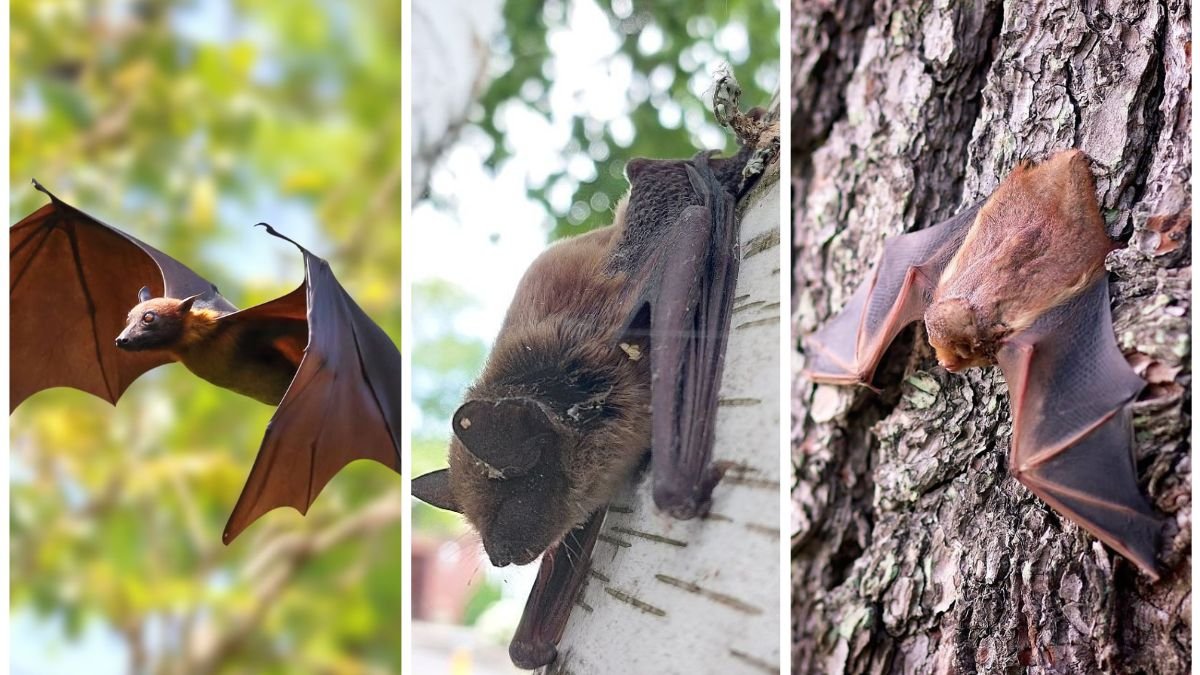Bats often evoke fear or misunderstanding due to myths and their nocturnal habits, but these creatures are invaluable allies in maintaining a healthy garden ecosystem. As natural predators, bats consume vast numbers of insects nightly, including mosquitoes, moths, beetles, and other pests that can damage plants, spread diseases, and reduce outdoor comfort. Understanding the role of bats in your yard can transform how you perceive and manage your garden ecosystem.
This article explores why bats are considered secret pest controllers, how they contribute to ecological balance, and practical ways to attract and support them in your yard.
Understanding Bats and Their Role in the Garden
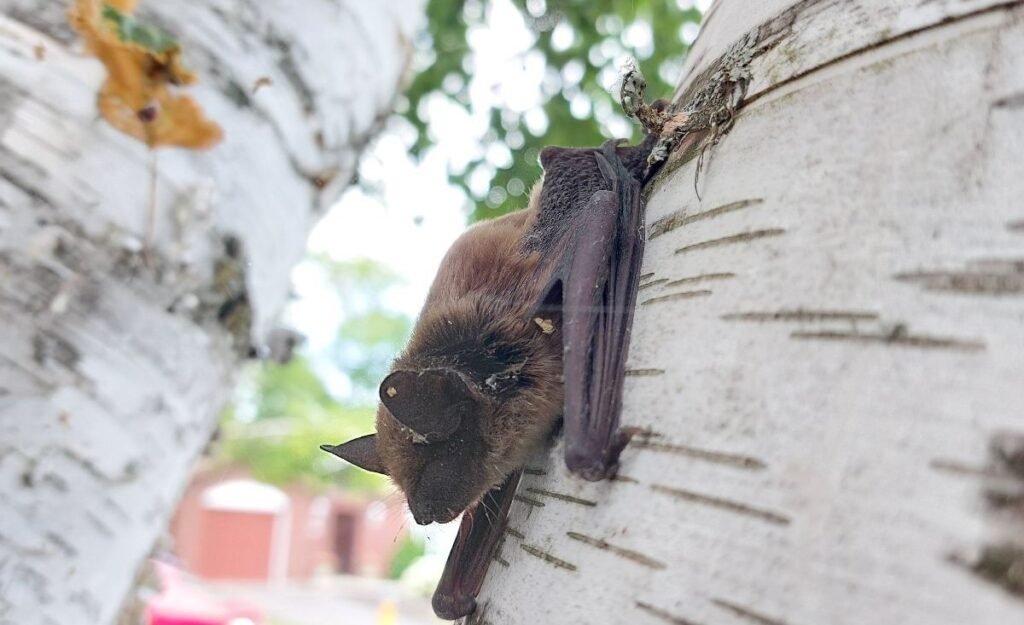
Bats belong to the order Chiroptera and are the only mammals capable of sustained flight. Most garden bats are insectivorous, feeding almost exclusively on insects during the warmer months. By controlling insect populations, bats provide a natural and environmentally friendly alternative to chemical pesticides.
Types of Insectivorous Bats
- Little Brown Bat (Myotis lucifugus): Common in North America, consumes thousands of insects per night.
- Big Brown Bat (Eptesicus fuscus): Prefers beetles and large flying insects.
- Evening Bat (Nycticeius humeralis): Active at dusk, targeting moths and mosquitoes.
- Hoary Bat (Lasiurus cinereus): Solitary species that feeds on moths and other flying insects.
Recognizing the types of bats in your region helps you understand their feeding habits and ecological benefits.
1. Natural Insect Control
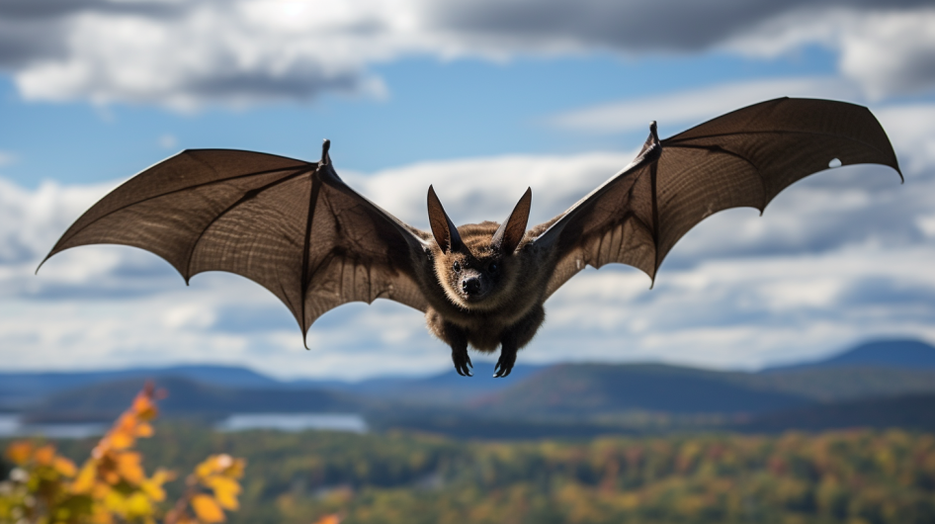
The most direct benefit of bats in the yard is pest suppression:
- Mosquito Reduction: Bats consume large quantities of mosquitoes, which not only improves outdoor comfort but also reduces the risk of mosquito-borne diseases such as West Nile virus.
- Control of Moth and Beetle Populations: Many moth species’ larvae feed on garden plants. Bats feeding on adult moths reduce the number of eggs laid, indirectly protecting crops and flowers.
- Nighttime Pest Control: Unlike birds, which are primarily diurnal, bats feed at night when many pest insects are active, providing around-the-clock protection.
A single bat can consume hundreds to thousands of insects per night, making them remarkably effective natural pest controllers.
2. Supporting Ecological Balance
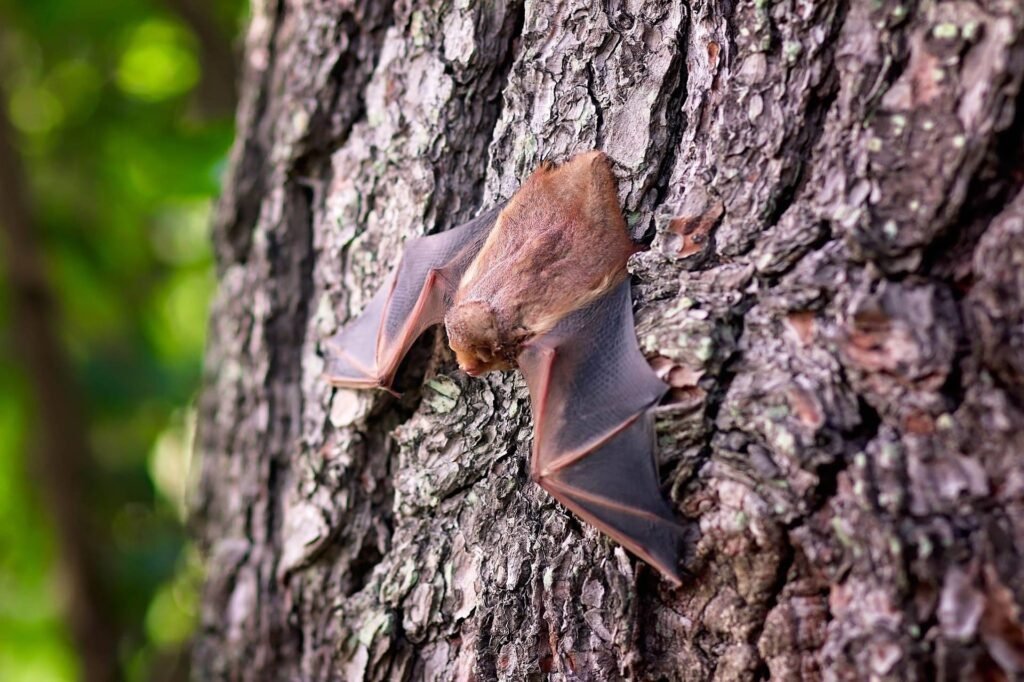
Bats are integral components of garden and yard ecosystems:
- Predator-Prey Dynamics: By controlling insect populations, bats maintain balance, preventing outbreaks of herbivorous pests that can damage plants.
- Complementing Other Predators: Bats work alongside birds, spiders, and predatory insects, creating a layered defense system for your garden.
- Soil and Plant Health Indirectly: Reducing pest numbers protects plants from damage, allowing them to photosynthesize effectively and contribute organic matter to the soil.
By fostering a population of bats, gardeners promote a naturally balanced, resilient ecosystem.
3. Reducing Reliance on Chemical Pesticides
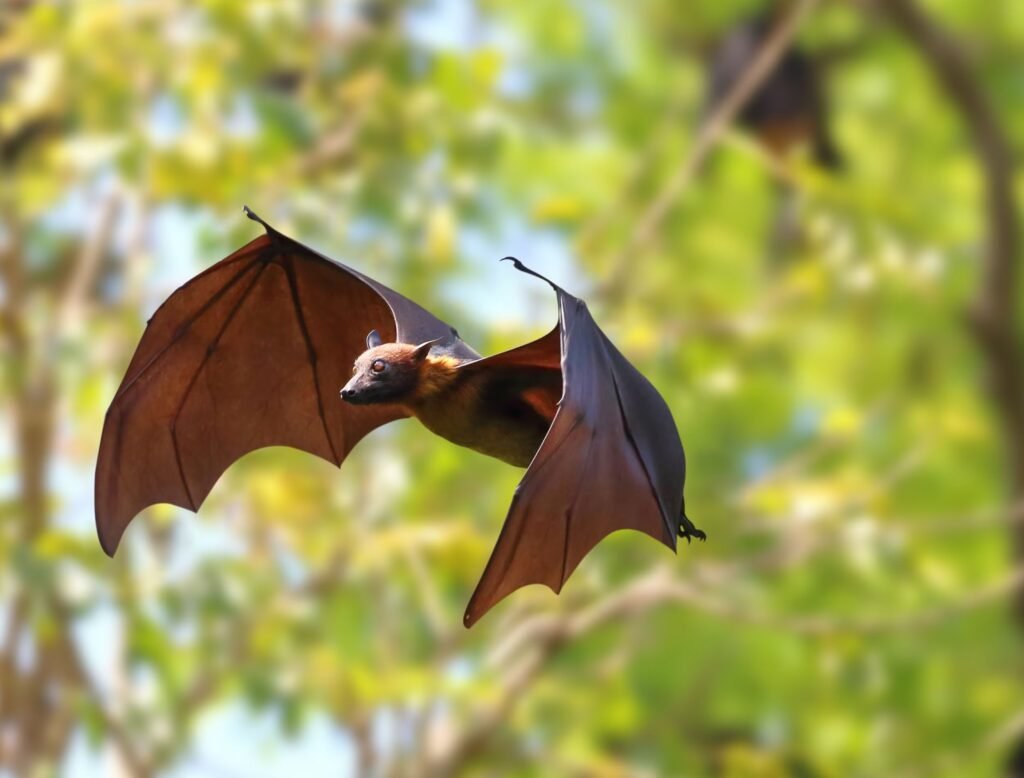
Chemical insecticides can harm beneficial insects, pollinators, and soil microorganisms. Bats provide a sustainable alternative:
- Non-Toxic Pest Control: Unlike chemical sprays, bats target only insects, leaving plants, humans, and pets unharmed.
- Cost-Effective: Maintaining bats is free, unlike repeated purchases of chemical treatments.
- Eco-Friendly: By reducing pesticide use, bats help preserve pollinator populations and protect water quality.
Encouraging bats in the yard aligns with sustainable and organic gardening practices.
4. Encouraging Bats in Your Yard
To attract bats, gardeners must provide food, shelter, and safety:
Shelter Options
- Bat Houses: Installing bat boxes at least 10–15 feet above the ground provides a safe roosting place.
- Tree Cavities: Preserving old trees with natural cavities offers roosting sites for native bat species.
- Avoid Disturbance: Keep bats away from high-traffic areas, and do not handle them, as they are sensitive to stress.
Providing Food Sources
- Insect-Rich Habitat: Avoid excessive pesticide use and maintain diverse plantings to support insect populations for bats.
- Water Sources: Shallow ponds, birdbaths, or water features attract insects and provide drinking water for bats.
Seasonal Considerations
- Bats are most active during warmer months when insect populations are high.
- In colder climates, they hibernate in winter, so summer habitat support is crucial.
Properly maintained bat habitats can sustain local populations year-round and maximize pest control benefits.
5. Additional Benefits of Bats in the Garden
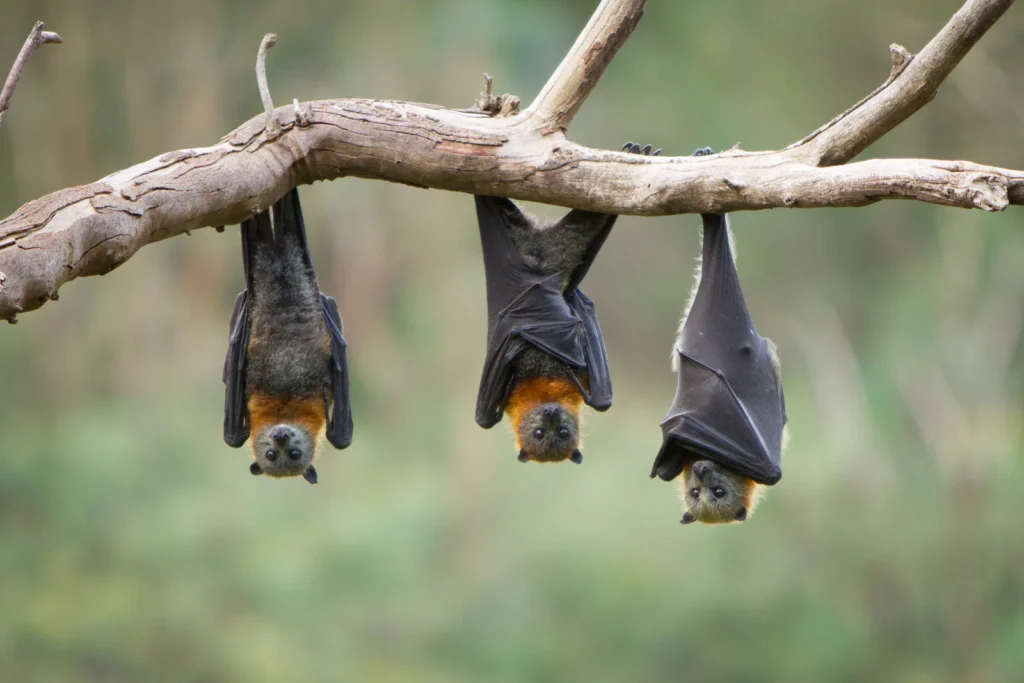
Beyond pest control, bats provide other ecological advantages:
- Pollination: Some bat species, especially in tropical regions, feed on nectar and pollinate flowers. While less common in temperate gardens, nectar-feeding bats contribute to biodiversity.
- Seed Dispersal: Fruit-eating bats in some areas help spread native plant seeds, promoting natural regeneration and biodiversity.
- Educational Value: Observing bats can increase awareness of wildlife conservation and ecosystem interdependence.
These additional benefits make bats valuable contributors to a vibrant, healthy yard ecosystem.
Addressing Common Concerns
Fear of Bites or Disease
- Most garden bats are harmless and rarely bite humans.
- Avoid handling bats directly; use gloves if necessary.
- Ensure bat houses are positioned safely away from living areas.
Nighttime Activity
- While bats are active at dusk and night, their presence is largely unobtrusive.
- Their silent hunting habits do not disturb human activity, making them excellent nocturnal garden allies.
By understanding and respecting bats’ habits, gardeners can coexist safely and benefit from their natural pest control.
Integrating Bats into a Sustainable Garden Plan
For optimal results, bats should be integrated into a broader sustainable gardening strategy:
- Combine with Beneficial Insects: Maintain flowering plants, herbs, and shrubs to attract ladybugs, lacewings, and hoverflies.
- Provide Structural Diversity: Mix open lawns with tree cover and shrubs for insect and bat habitat.
- Avoid Chemical Pesticides: Preserve insect populations that feed bats.
- Monitor Bat Activity: Observe bat emergence at dusk to gauge the effectiveness of your habitat improvements.
Integration of bats with other natural predators enhances overall garden resilience.
Conclusion
Bats are secret yet powerful allies in maintaining a healthy, pest-controlled yard. By consuming vast numbers of insects nightly, they reduce pest populations, protect plants, and decrease the need for chemical interventions. Their contribution to ecological balance, pollination (in certain species), and biodiversity further highlights their importance in sustainable garden management.
Encouraging bats through proper shelter, insect-rich plantings, and water sources fosters a harmonious ecosystem where pests are naturally controlled, plants thrive, and gardeners benefit from reduced maintenance and healthier landscapes.
Rather than fearing or disregarding bats, gardeners can embrace them as indispensable partners in pest control and ecosystem health. By integrating bats into a holistic garden management plan, your yard becomes a vibrant, sustainable habitat, showcasing the power of nature’s own pest controllers.
